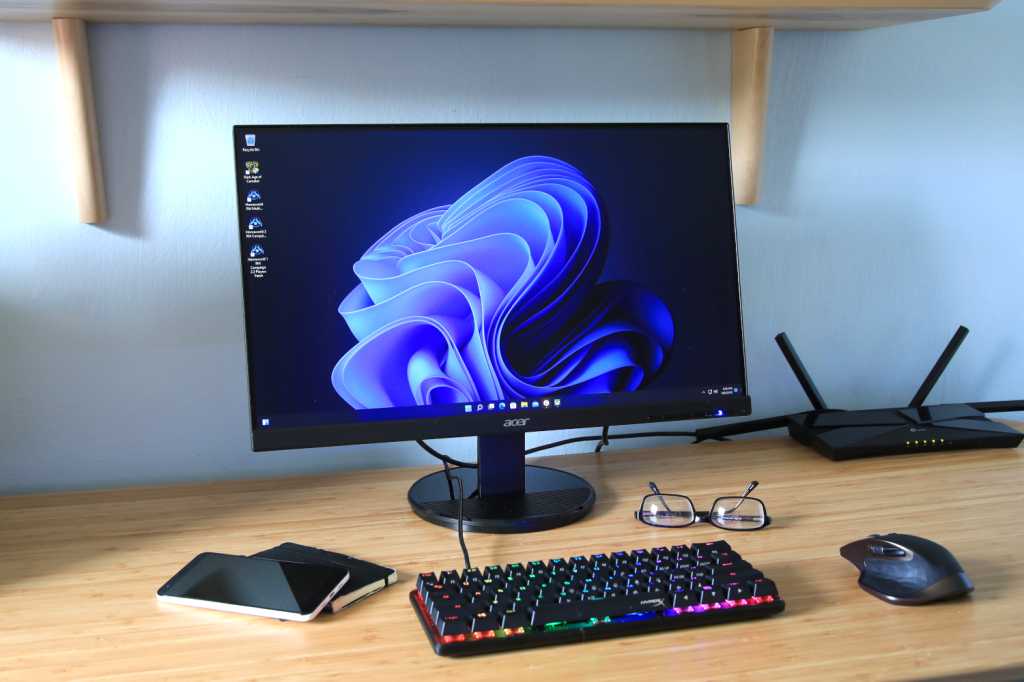Computing has reworked human civilization in methods as soon as unimaginable. From humble beginnings with easy counting instruments just like the abacus to the high-speed, quantum-level machines of at present, the journey of pc evolution is a testomony to human innovation.
The Early Years: Mechanical Beginnings
The historical past of computer systems dates again hundreds of years to primary mechanical gadgets such because the abacus, which was used to carry out calculations as early as 2000 BCE. Later, extra subtle analog gadgets emerged, such because the Antikythera mechanism, designed to foretell astronomical positions, which historians regard as an early instance of geared computational expertise.
The true turning level got here within the nineteenth century when Charles Babbage conceptualized the Distinction Engine and the extra superior Analytical Engine, machines able to performing advanced calculations. Babbage’s designs laid the inspiration for contemporary computer systems, incorporating the concept of programmable {hardware}. The Analytical Engine, programmed by Ada Lovelace, launched the idea of algorithmic computing—a big step towards fashionable software program.
The Digital Revolution: Vacuum Tubes and Transistors
Quick ahead to the mid-Twentieth century, and computing entered the digital age. Machines just like the ENIAC, the primary general-purpose digital pc, utilized vacuum tubes to course of information. ENIAC was a large system however groundbreaking for its time. This section noticed the arrival of machines able to primary programming and calculations used primarily for navy and scientific functions throughout World Conflict II.
In 1947, the invention of the transistor by Bell Labs marked a big milestone, changing inefficient vacuum tubes and decreasing the dimensions of computer systems whereas boosting their processing energy. This shift laid the groundwork for the event of smaller, sooner, and extra dependable machines just like the UNIVAC and IBM 701, heralding the period of business computing.
The Microchip Period: Private Computing
The introduction of the built-in circuit within the late Fifties by Jack Kilby and Robert Noyce revolutionized computing as soon as once more. This “microchip” innovation dramatically lowered the dimensions and price of computer systems, permitting them to transition from large room-sized machines to smaller, extra private gadgets. By the Seventies, corporations like Apple and IBM have been bringing private computer systems into properties and companies. The launch of the Apple I and IBM 5150 marked the daybreak of the non-public computing period, democratizing expertise in a means that reshaped on a regular basis life.
Software program Advances: Working Techniques and Programming Languages
As {hardware} superior, so did the software program that powered these machines. Within the Fifties and Nineteen Sixties, the event of programming languages like FORTRAN and COBOL allowed extra advanced software program to be created, enabling computer systems to carry out a broader vary of duties. Working programs like GM-NAA I/O within the mid-Fifties supplied the groundwork for the way fashionable computer systems handle processes and person inputs.
The event of graphical person interfaces (GUIs) within the Eighties, popularized by programs just like the Apple Macintosh, additional simplified pc utilization, making it accessible to a broader viewers. Coupled with the creation of the web, which emerged from tasks like ARPAnet, the digital panorama was reworked into the interconnected world we all know at present.
The Frontier: Quantum Computing and Past
Right now, computer systems proceed to evolve at an astounding tempo. We’re getting into the period of quantum computing, the place machines like Google’s Sycamore and IBM’s Q System One are harnessing the rules of quantum mechanics to carry out computations exponentially sooner than conventional computer systems. These developments promise to unravel issues as soon as thought of unsolvable, from simulating advanced chemical reactions to optimizing logistical operations throughout industries.
As we stand on the cusp of this quantum leap, it’s clear that the evolution of computer systems is much from over. From early mechanical gadgets to at present’s quantum machines, the trajectory of computing displays the boundless potential of human ingenuity, setting the stage for much more exceptional developments sooner or later.
Computer systems, as soon as seen as instruments for specialised duties, have change into integral to almost each side of contemporary life. As we glance to the longer term, the continuing evolution of computing expertise guarantees improvements that may proceed to form the best way we stay, work, and work together with the world.
This journey by means of computing historical past, from its mechanical roots to its quantum potential, demonstrates how every period builds on the improvements of the previous, making a expertise panorama that by no means ceases to evolve.
Last Update: November 15, 2024



![Recommendations on find out how to See Incognito Historic previous on Mobile System and PC [2024 Updated]](https://techhiden.com/wp-content/uploads/2024/08/How-to-See-Incognito-History-on-Mobile-Device-and-PC-2024-Updated-300x171.jpeg)
